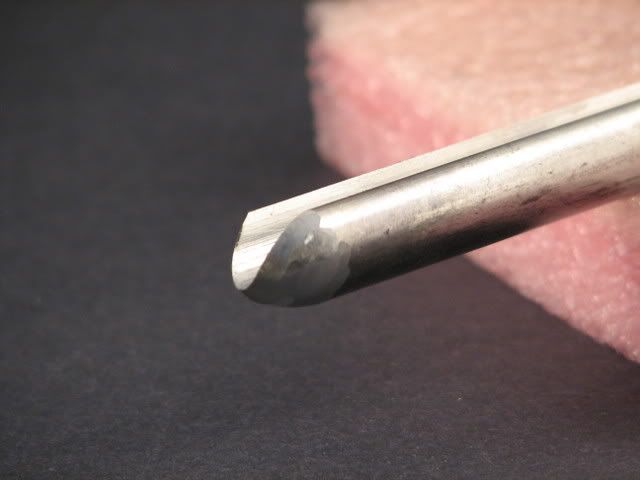The problem is while turning a spindle approx 3/4 in dia i get a lot of vibration at times. Tools are sharp and I am working slow but get a lot of vibration leaving groves all over. I am turning maple handles for spoons. any help is appreciated. Also the length of spindle is about 9 in.




 Reply With Quote
Reply With Quote











